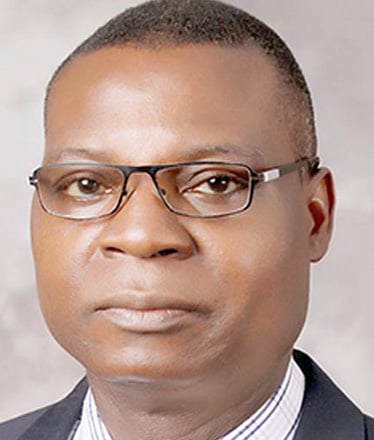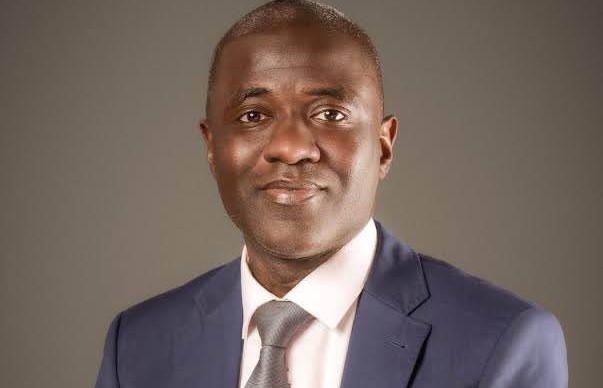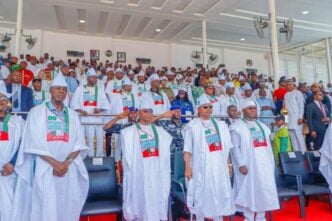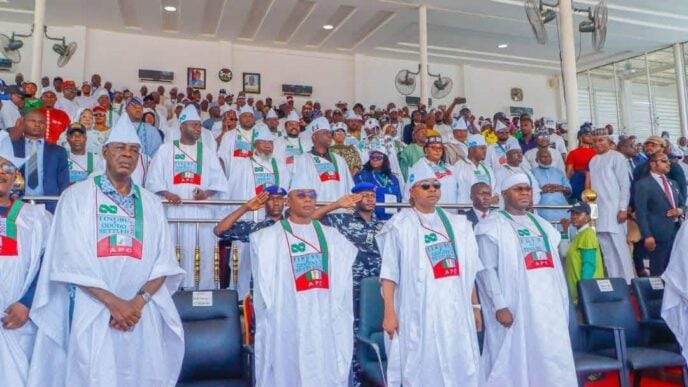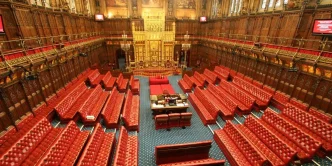Aminu Maida, executive vice-chairman of NCC
Twenty-Four years after a seismic development in the telecommunications industry, the regulator said on Monday, that industry stakeholders can have a better experience only if they can adjust their understanding of modern telecom regulation whose products they were only too happy to put in the public domain.
At the virtual launch of the NCC Public Performance Reports, also attended virtually by a number of dignitaries, including Ministers, Heads of Parastatals and industry high networth personalities, Executive Vice Chairman of the Nigerian Communications Commission (NCC), Dr Aminu Maida, announced that “Regulation in the 21st century cannot be only enforcement, it must also be about enlightenment – putting usable facts in the hands of citizens, investors, operators so the market performs better for all stakeholders.”
Marking two years in office, this perhaps is what he is doing differently, to look at industry challenges and deal with them in a more agile way to create solutions that add rich value to the industry, which is the forte of modern regulatory practices.
On this very day, technology, as always, prevailed. As the inner sanctum of the NCC Headquarters in Maitama was being readied for the virtual launch, rage was playing out on the road in the form of demonstrators marching for the freedom of IPOB leader, Nnamdi Kanu. But for the virtual nature the meeting would be as dead as a supernova but technology kept the luminosity of what would turn out to be a good programme.
Advertisement
Included in the suite of NCC Public Performance Reports co-launched with Ookla are: National network performance and 5G opportunity, Device adoption and performance benchmarking, Comparative QoS/QoE assessment, Unpacking network capacity, The technology behind your connection, and The urban-rural divide.
The cocktail of submissions is like putting many things on the dashboard to aid easy decisions in terms of usage, deployment and even investments. Visibly seductive in the presentation are the Public Maps for network coverage and network performance.
Maida says “regulation must be open; data must serve the public good; competition should deliver quality and innovation; and every Nigerian deserves a reliable, fast connection.”
Advertisement
Ookla, which is working with the regulator on this ambitious project that is very accommodating of user experience, has been described as a global leader in network intelligence and performance measurement. By combining global industry experience and advanced data analytics with NCC’s regulatory oversight, the relationship is producing reports which provide insights into network performance, coverage and service quality across operators, technologies, states and regions in Nigeria.
Acknowledging that Nigeria has the capacity to set telecom agenda for Africa, Chip Strange, chief strategy officer at Ookla, said at the virtual launch that “When citizens can see and share performance data, it drives accountability and improvement. NCC’s data-driven regulation marks a defining milestone for Nigeria.”
There is nothing new about the information the NCC is pushing to the public domain, but they have been properly processed, simplified where necessary, and put into formats that are usable and beneficial to stakeholders who are encouraged to take advantage of their availability for important decisions. The other huge difference is that subscribers are able to look at the dashboard, in this case, a public map and other bank of information, and make quick decisions.
For instance, one of the slides by Ookla is titled, NCC Nigeria: Better Connectivity for Nigerians, has three maps on display, namely: Reported Coverage (service areas provided by operators), Speedtest Performance (where users’ devices actually receive coverage, based on crowdsourced data), and Speedtest Signal (shows the download speeds experienced by users, also based on crowdsourced data). The map gives no room for prevarication but helps the subscriber in making very quick and convenient decisions.
Advertisement
It was also established that 4G is the current backbone of the telecommunications industry, consistently reliable and positioning itself as the main mobile broadband option through, at least, 2028-2030. 5G remains the future and not the present, while 3G is winding down.
However, huge service gaps exist between the rural and urban areas while the intractable poor quality of service in most major cities around the country where the population is heavy, derive from inadequate capacity rollout which is unable to support the activities on the networks.
Building the telecommunications backbone in the country has faced sundry challenges. While governments impose arbitrary taxes including right of way charges, insecurity has remained a challenging factor making rollout very risky.
Edoyemi Ogoh, who is Director, Technical Standard and Network Integrity, at NCC, in his presentation, explained that, apart from the usual congestion, there are other factors that can affect network performance. They include: power challenges, fibre cuts, access denial, battery and diesel theft at base stations, leading to downtime, and community challenges which he called the biggest contributor to outages.
Advertisement
The Ookla reports are not about doom and gloom but also give copious information to help operators determine areas of emphasis and investment. The reports also capture timely information to help operators fix network challenges and outages.
Maida says “transparency is regulation by sunlight: it sharpens consumer choice, improves operator incentives, and supports evidence-based policy.”
Advertisement
Chief Executive at MTN, Karl Toriola, lauded the efforts of the regulator, observing that “transparency is good for the industry although it puts us under pressure.” He cautioned however that subscribers should be mindful of Speedtest as it can easily drain data.
The NCC Industry Public Performance Reports will be published quarterly to track core Quality of Service (QoS) and Quality of Experience outcomes across the nation’s networks. With the first edition released, one would hope that operators would quickly work with it to do a quick fix of the areas that need fixing. It is also expected that the regulator will be more rigorous in addressing some of the gaps needing immediate attention. Yes. Take action instead of a protracted sermonisation about intentions and regulatory possibilities.
Advertisement
Views expressed by contributors are strictly personal and not of TheCable.
